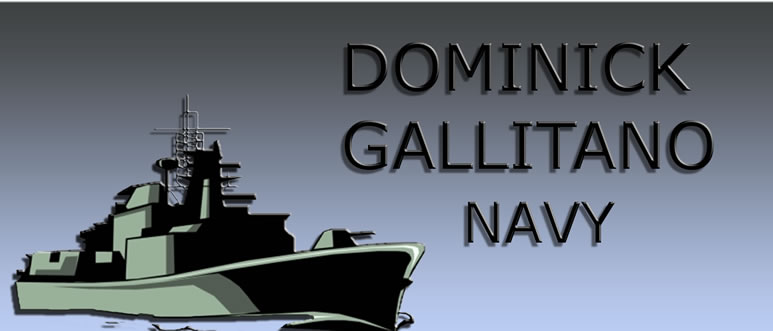 |
USS West VirginiaUSS Oklahoma Battleship When the Japanese planes came swarming down on Pearl Harbor When the Japanese planes came swarming down on Pearl Harbor, the USS West Virginia, also known as “Wee Vee,” was situated among the outboard ships, which ended up absorbing most of the damage as compared to inboard ships such as the USS Tennessee. As the bombs and torpedoes wreaked havoc at Pearl Harbor, the West Virginia was struck by torpedoes a total of nine times, a quarter of all torpedo strikes achieved by the Japanese on the fateful day of December 7th, 1941. Six of the torpedoes struck portside of the West Virginia, which was sitting in 40 feet of water. As water flooded in, causing the battleship to list 15 degrees, Lieutenant Commander John Harper jumped into action. He quickly ordered preventive measures that saved the USS West Virginia from capsizing. Fires broke out across the ship, a result of both the explosives and the inferno caused by the destruction of the USS Arizona, which was leaking oil. This leakage can still be seen from the USS Arizona Memorial today, as drops of oil known as the “black tears of the Arizona” rise to the surface. As flames consumed Wee Vee, her crew sought safety aboard the USS Tennessee, directly inboard of the West Virginia. Immediately after regrouping, damage-control parties bravely set about efforts to save their ship. Using hoses from the Tennessee, they fought the flames consuming the ship. After burning for 30 hours, the West Virginia sank to the bottom, taking 66 sailors with her. USS West Virginia Burning and Sinking The water flooding the hull of the West Virginia was later pumped out, and the ship was refloated and patched up sufficiently to be able to travel to the Puget Sound Navy Yard, where she was completely refurbished and repaired. Ultimately, Wee Vee sailed back to Pearl Harbor—where she was nearly destroyed—and continued fighting in the Pacific for the remainder of World War II. After participating in various battles throughout the Pacific, the USS West Virginia was present in Tokyo Bay on September 2nd, 1945 for the formal surrender of the Japanese |
Background image of the USS West Virginia (BB-48) in 1941 obtained from: https://www.history.navy.mil/our-collections/photography/us-navy-ships/battleships/west-virginia-bb-48/80-G-19930.html |